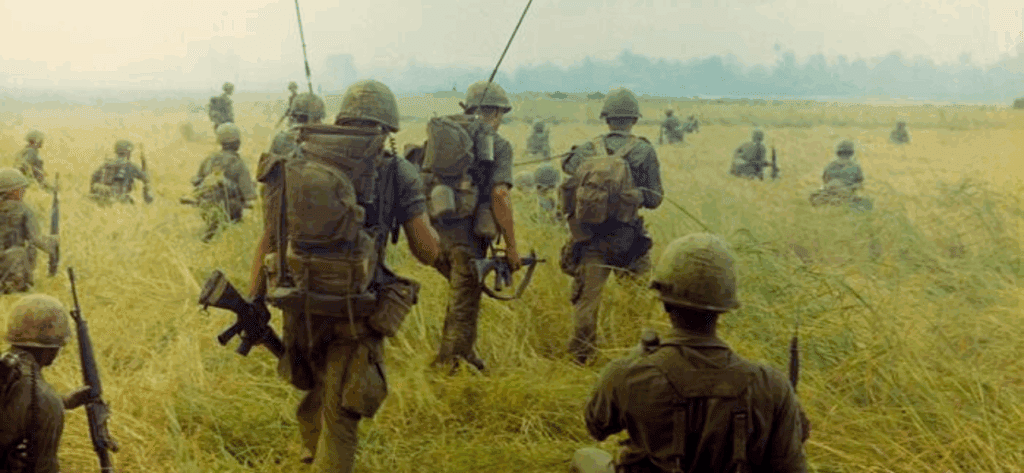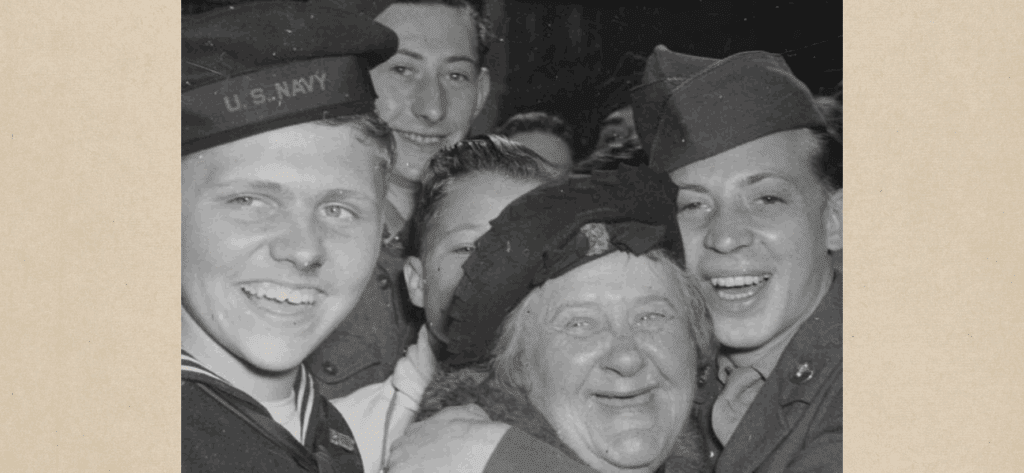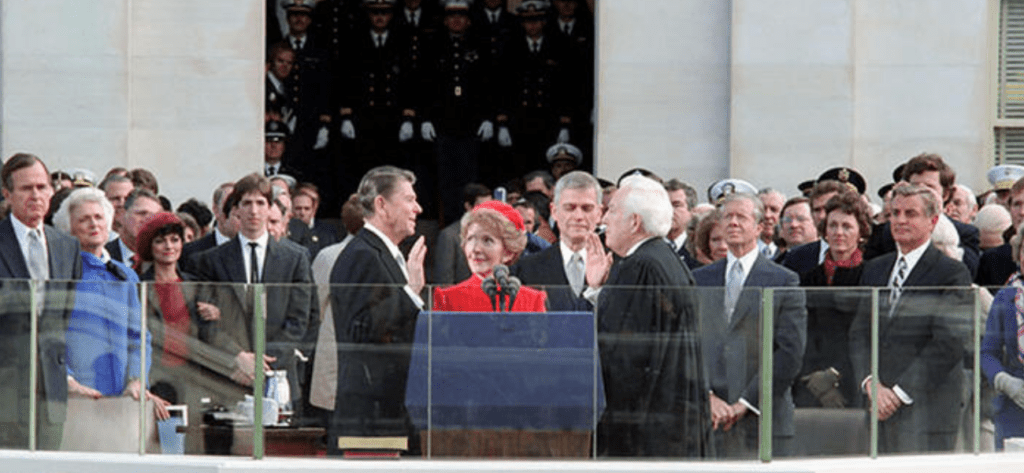Meuse-Argonne Offensive Map
The Meuse-Argonne Offensive was the largest operation of the American Expeditionary Forces during World War I and the deadliest military campaign in American history. Fought from September 26 – November 11, 1918, by over a million American soldiers, the Meuse-Argonne operation was part of the final Allied offensive that brought an end to World War I. In commemoration of the 100th Anniversary of the Meuse-Argonne Offensive, a map illustrating American advances during the campaign will be on display.
On display in the East Rotunda Gallery through October 31, 2018.
Past Featured Records
The United States Army is older than the nation it protects and defends. Established more than a year before American independence was declared, the U.S. Army—America’s first national institution—has played a vital role throughout our history.
World War II, the deadliest military conflict in history, erupted in Europe on September 1, 1939, when Germany invaded Poland.
During World War II, navigating the Pacific Ocean's perilous tides and currents posed a constant challenge to the U.S. Navy. To update their maps and intelligence, the Navy established an Oceanographic Unit in 1943. The team of scientists was led by Mary Sears, a marine biologist commissioned as a lieutenant junior grade in the women’s division of the Naval Reserve, the WAVES.
After the Civil War, the federal government established a War Department agency to help Americans transition from slavery to freedom. The Freedmen’s Bureau (1865–72) issued rations, operated hospitals and helped establish schools and unite families. It worked to resolve labor disputes and negotiate labor contracts. It also presided over and documented marriages between freed couples.
From George Washington’s second term through Franklin D. Roosevelt’s first, inauguration day was generally held on March 4. Without cars or computers, the four months between the election and inauguration served a purpose in the late 18th and 19th centuries. It allowed the President-elect time to settle their affairs and journey to the nation’s capital.




